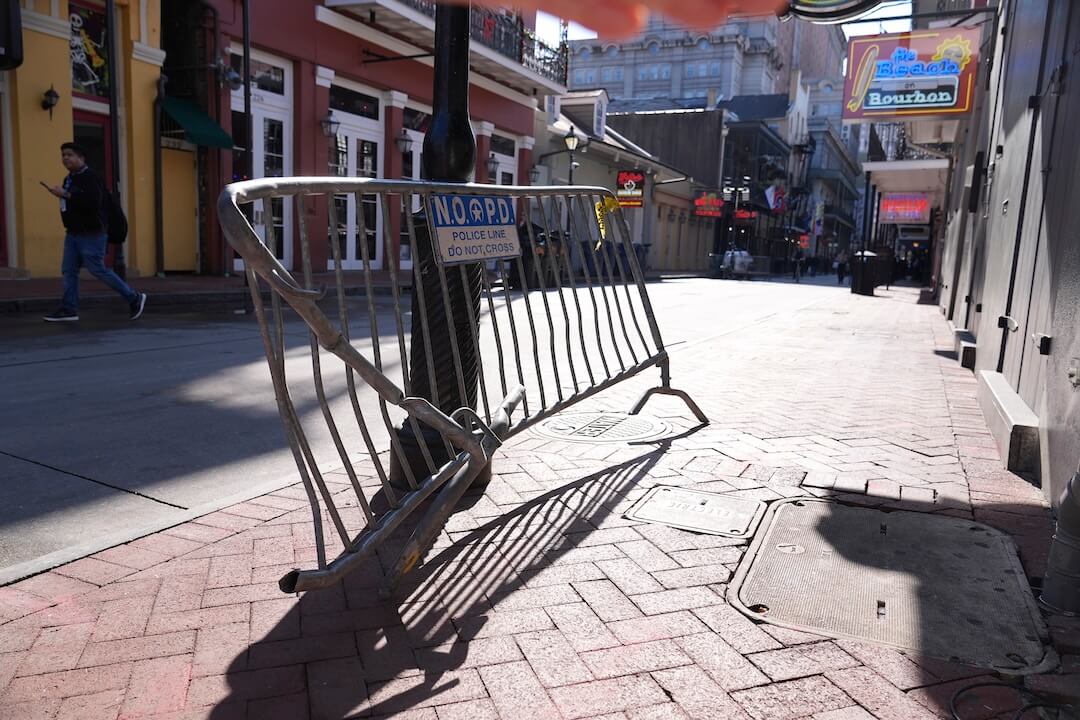By Nathan Isaacs, Kristin Kraemer and John Trumbo
Tri-City Herald staff writers
The booms and busts associated with the Hanford Nuclear Reservation have been driving life and the economy of the Tri-Cities of Pasco, Kennewick and Richland and the surrounding region of southeastern Washington since World War II.
The current boom is associated with the clean-up efforts at the Hanford site to permanently dispose of or safely store radioactive wastes from the series of plutonium production reactors that operated during World War II and through the Cold War period. The series focused on the impacts that were likely to result from the construction of a multi-billion-dollar waste treatment plant that will encase the most dangerous radioactive leftovers in glass logs for permanent, stable storage.
The need for the series became clear as details of the scope of the plant project and its construction schedule emerged during 2001. (Look for trends, news gurus always remind us during seminars). Public officials were becoming increasingly worried about how to cope with growing communities and increased demands for services during a time when new money was expected to come into their budgets.
The first question we asked ourselves in the project was how to present the stories. Should we report all the impacts from each city’s perspective (sort of list them in a story) or could we approach the impacts as story subjects themselves?
We opted for the second choice.
“More than anything else, I believe Deja Boom worked because it was conceived well at the start,” said reporter John Trumbo. “Our staff had a vision of where this story needed to go. Before any of us made our first contact, we knew what the mission was. And we did it.”
Reporter Kristin Kraemer agreed: “It helped that we split up the work so each of us was in charge of a set of stories, instead of pulling all our notes together and jointly compiling each story.
“That’s not to say that contributions weren’t made to another’s story,” she said. “But it limited the confusion and general hassles, along with the writing time, by the reporters taking ownership of stories. A lesson learned was to keep it simple by divvying up the work so each of us could run with our assignment, while meeting weekly to discuss progress and make sure we all were on the same line.”
Through some preliminary reporting we determined the following stories could be written:
- The overall issue and series introduction
- Transportation
- Schools
- Cops and Fire staffing
- Housing and other service demands
- What could be done to fix the problem, i.e. where could the communities find some free money.
Getting the project outlined was the key for success (on this project and for those in the future). We gave ourselves about six weeks from start to finish on the project, because we wanted to publish before some deadlines passed in the state Legislature for passing bills that could help the cities cope with the growth. That short turn-around required a clear timetable for deadlines for pictures, graphics, copy and editing.
With outline in hand, it was just a matter of reporting and writing.
The challenges we encountered specific to the project were making sure the numbers were legitimate, accurate and consistent in all the stories. Then we had to translate those numbers for average readers to remember when they talked about the Hanford project in the local tavern or beauty salon. Using graphics helped.
Another challenge was putting real people — not just bureaucrats — into the stories that would have to rely on numbers and bureaucracy.
We could say that we were challenged to get past government spin masters and so forth, but when don’t reporters have those challenges? We know the drill, which begins and ends with getting out of the office and asking questions. And then more questions.
Likewise, credibility is all we have. So we double- and triple-checked all information we received with multiple sources to ensure it was accurate and agreed on by all parties.
The feedback we got included some e-mails and phone calls telling us that we’d next be reporting that the sky was going to fall. But for the most part, reader response was good. And community leaders used the series to help convince the state Legislature to earmark $2 million in state money to help mitigate the impacts.
If anything, the series gave the community (and the newspaper) a benchmark for the numbers associated with the project from how many new jobs were expected to how many kindergarten teachers would be needed.
We continue to track the progress of growth associated with the project, and the communities are still waiting on the $2 million from the state. Trumbo enjoyed the challenge of finding ground-level sources whose lives would be changed by the impacts. Kraemer was surprised by how the reporting helped her learn more about the Tri-Cities.
And what reporter Nathan Isaacs learned on his first major project is that there is no magic formula for a successful project. His advice: Keep on the lookout for trends; Identify the problem or key question; Prepare an outline and timetable; Involve editors, graphics and photographers. And then report, report, report.






